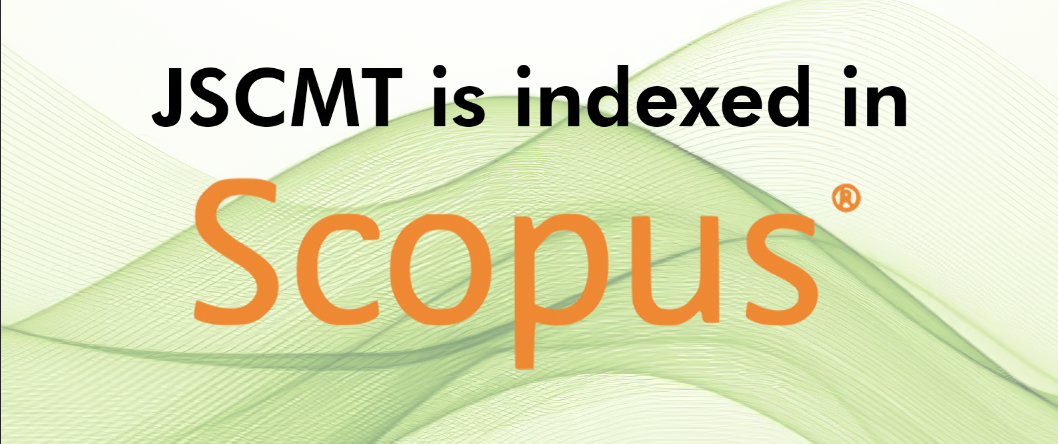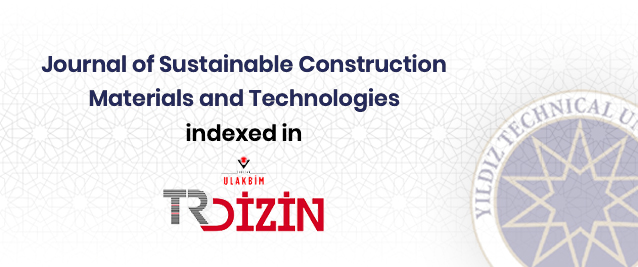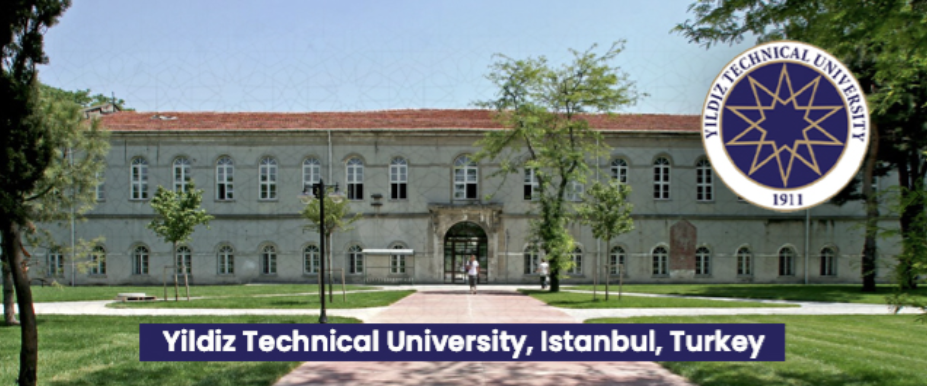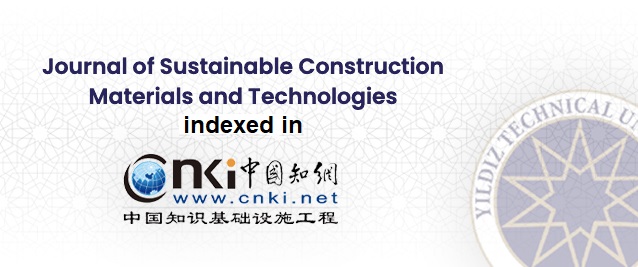2Department of Civil Engineering, Bangladesh Army International University of Science and Technology, Chittagong, Bangladesh
3Nikken Sekkei Inc., Tokyo Prefecture, Tokyo, Japan
4Department of Chemistry, International University of Business Agriculture and Technology, Dhaka Division, Dhaka, Bangladesh
Abstract
Concrete, the most widely utilized material in construction worldwide, contributes signifcantly to the consumption of natural resources and energy. The construction sector is a major source of waste and greenhouse gas (GHG) emissions, making it essential to improve the environmental impact of concrete to address climate change and pollution concerns. Evaluating the environmental footprint of concrete is crucial for advancing sustainable building practices. Cement, a key binder in concrete, is particularly responsible for GHG emissions due to its energy-intensive production process. This study applies the Life Cycle Assessment (LCA) methodology, using SimaPro software and the Ecoinvent database, to assess the environmental impact of concrete. A modified concrete mix was developed by replacing Portland Composite Cement with Eggshell Powder (ESP) (60% by weight) and Sawdust Ash (SDA) (40% by weight) at varying replacement rates of 10%, 20%, 30%, and 40%. The results showed up to 20% for replacement cement with ESP and SDA improved compressive strength in a 28-56 day period, with the highest strength growth rate of 29.58% observed for the mixes with replacement.
However, higher replacement levels of 30% and 40% showed limited strength improvement during
the same period. The enhanced compressive Strength and higher strength growth (compared to traditional concrete) are observed with are 0-20 % replacement of cement s. This suggests that this blend of materials could be used in projects with significant budget constraints, directly decreasing carbon emissions associated with concrete production. This aligns with global sustainability goals and can be used in projects aiming for green certifications like LEED (Leadership in Energy and Environmental Design). The study indicates that substituting cement with ESP and SDA reduces costs. This can significantly benefit low-budget housing projects or areas with high cement prices, providing a direct economic advantage. The environmental performance of the modified concrete was analyzed through LCA following the ISO 14040:2006 framework, focusing on the cradle-to-grave impacts, including raw material extraction, energy consumption, and water usage. One cubic meter of concrete was chosen as the functional unit. The analysis revealed significant reductions in the endpoint impact categories, including a 59% reduction in ecosystem impacts, 60% in human health, 61% in resource depletion, 59.79% in ozone depletion, and 54.32% in fossil fuel depletion. These results highlight the potential of ESP and SDA as sustainable alternatives for improving concrete's mechanical properties and environmental performance, supporting the development of more sustainable construction practices.
















